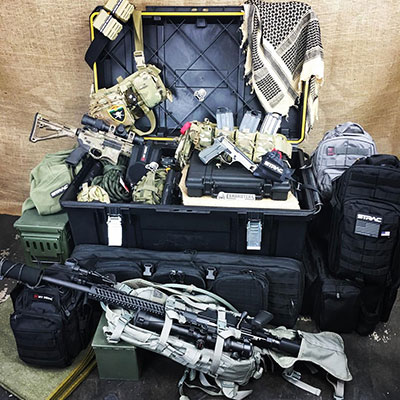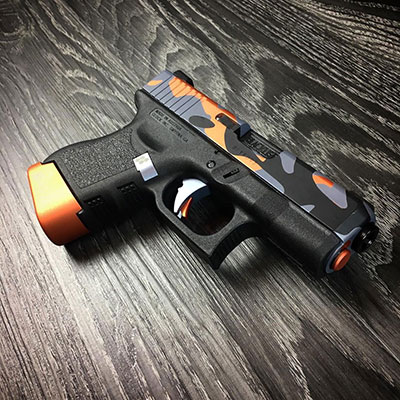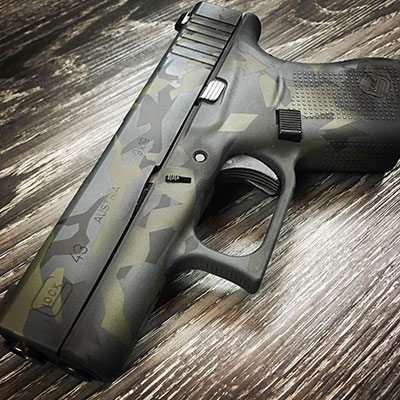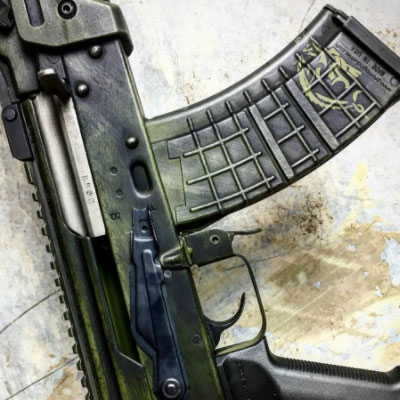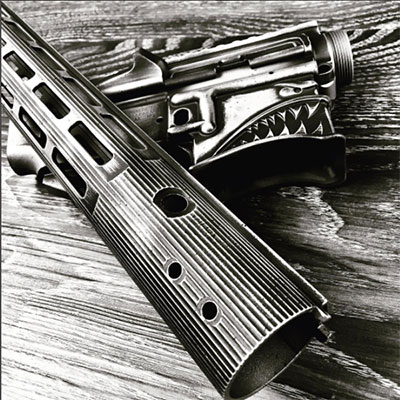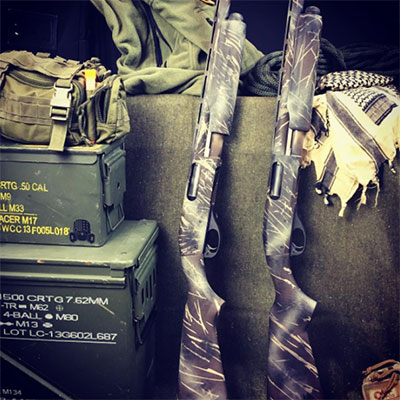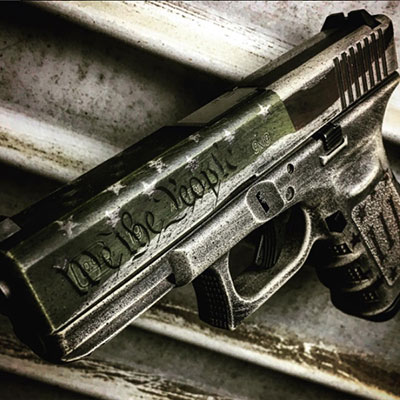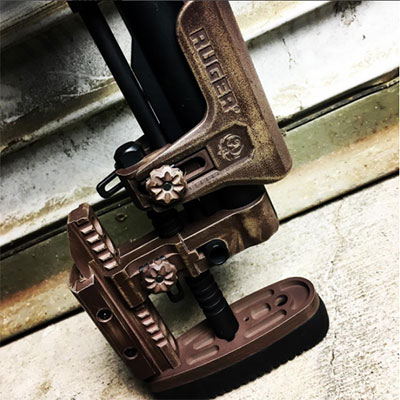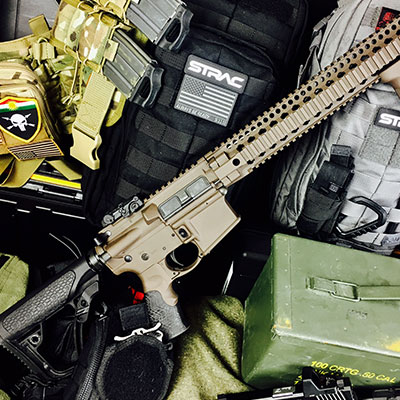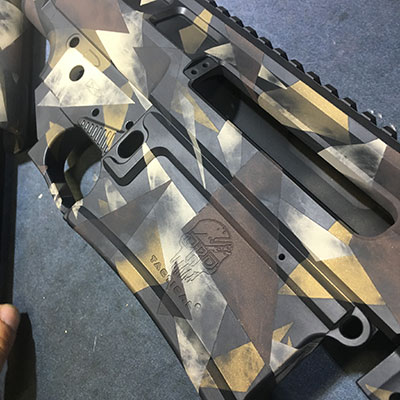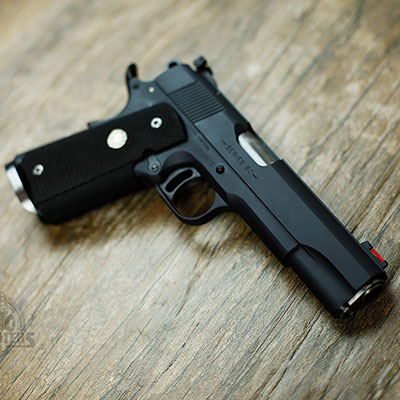- Home
- Cerakote vs. DuraCoat – Weighing Your Options For the Best Firearm Finish
show / hide sidebar
Recent Posts
Cerakote vs. DuraCoat – Weighing Your Options For the Best Firearm Finish
Measuring would probably be a better word. This isn’t so much a competition as a one-sided masochistic pounding, but I’m going to place this next sentence very carefully to avoid confusion. Cured Cerakote absolutely beats cured DuraCoat in every measurable respect with regard to finish quality, abrasion resistance, and overall toughness. There is a reason that DuraCoat still exists, and of course I will mention that, but when it comes to coating your firearm for resistance to the elements and wear, Cerakote wins out.
The facts:
When we look at cured final products, several tests have been done by placing parts with either coating into an acetone or another solvent bath, and the difference after a week is obvious. DuraCoat will fall off or wipe clean easily, and the acid in the bath will begin to eat away at the metal. Cerakote holds up.
Another thing to look at is the thickness. While Cerakote will run from 0.0005 to 0.002 inches, depending on the series, DuraCoat finishes can run from 0.001 to 0.008, often unevenly. The thinner, more even coating allows most internal parts to be coated, and still function properly, and the superior wear resistance ensures that the new surface will hold onto the coating, even through flexing.
Both products come in multiple colors, and both will provide at least some protection for your firearm, but if you want it to last, then look at Cerakote.
Application:
Both products require proper cleaning of the surface before application, and for DuraCoat, this means sanding and stripping any oil from the surface. Items to be sprayed are often blasted and chemically stripped to ensure good adherence.
The saving grace that keeps DuraCoat on the market is the ease of application. After cleaning and sanding the material, it’s mixed and applied more or less like paint, but far away from any kind of silicone product, which can react with the finish. The precision required for Cerakote application is a bit more technical. The surface needs to be acid washed, and blasted with a very specific grade range of clean sand. The application process itself is difficult, and only recommended for certified technicians using special equipment who have been trained in it’s application. It’s not a simple mix and spray, but measure, mix, check, filter, etc. Any missed step will ruin a Cerakote finish.
Curing:
DuraCoat is air cured, and most series of Cerakote are cured in an oven at a very specific temperature to ensure proper bonding. Because of these temperatures, some parts such as scopes, springs, etc. will require use of a different Cerakote series than heat-friendly equipment and materials.
DuraCoat can take over a month to fully cure, whereas even the high-temp series of Cerakote is completely cured in air in as little as five days. You can read more about the various Cerakote series here.
Conclusion:
For chemical, wear, weather, and scratch resistance in a thinner, more even layer, Cerakote applied by a certified applicator is the way to go. DuraCoat is a quick and easy “at home” process that produces results (when applied properly) comparable to high quality paint, and it takes forever to fully cure, which means you won’t be shooting for a while.
 Loading... Please wait...
Loading... Please wait...

